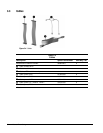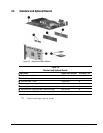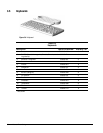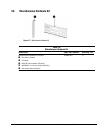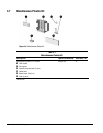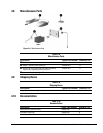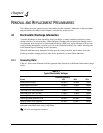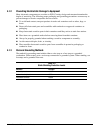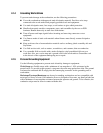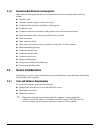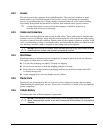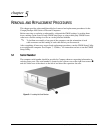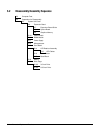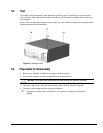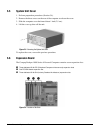
Compaq Deskpro 1000 Series of Personal Computers 4-3
4.1.4 Grounding Workstations
To prevent static damage at the workstation, use the following precautions:
Cover the workstation with approved static-dissipative material. Provide a wrist strap
connected to the work surface and properly grounded tools and equipment.
Use static-dissipative mats, foot straps, or air ionizers to give added protection.
Handle electrostatic sensitive components, parts, and assemblies by the case or PCB
laminate. Handle them only at static-free workstations.
Turn off power and input signals before inserting and removing connectors or test
equipment.
Use fixtures made of static-safe materials when fixtures must directly contact dissipative
surfaces.
Keep work area free of nonconductive materials such as ordinary plastic assembly aids and
Styrofoam.
Use field service tools, such as cutters, screwdrivers, and vacuums, that are conductive.
Use a portable field service kit with a static-dissipative vinyl pouch that folds out on a
work mat. Also, use a wrist strap and a ground cord for the work surface. Ground the cord
to the chassis of the equipment undergoing test or repair.
4.1.5 Personal Grounding Equipment
Use the following equipment to prevent static electricity damage to equipment:
Wrist Straps are flexible straps with a minimum of one-megohm +/- 10% resistance in the
ground cords. To provide proper ground, a strap must be worn snug against bare skin. The ground
cord must be connected and fit snugly into the banana plug connector on the grounding mat or
workstation.
Heelstraps/Toestraps/Bootstraps can be used at standing workstations and are compatible with
most types of shoes or boots. On conductive floors or dissipative floor mats, use them on both feet
with a minimum of one-megohm resistance between the operator and ground. To be effective, the
conductive strips must be worn in contact with the skin.



